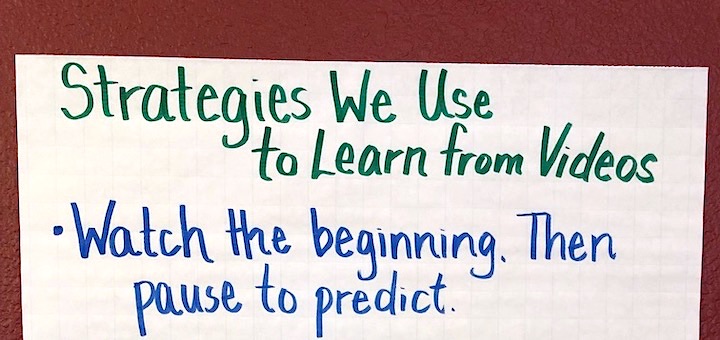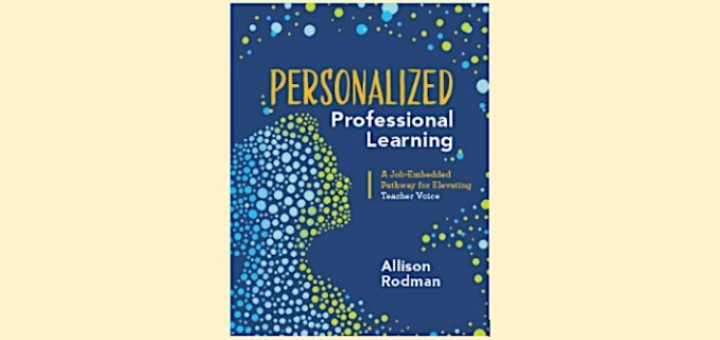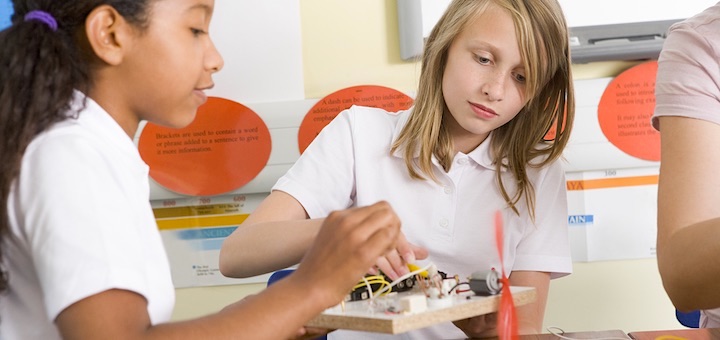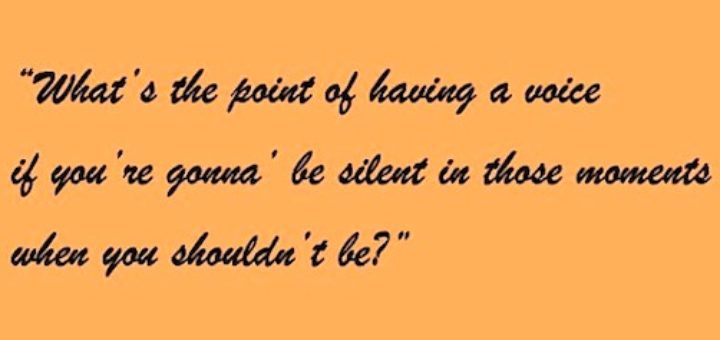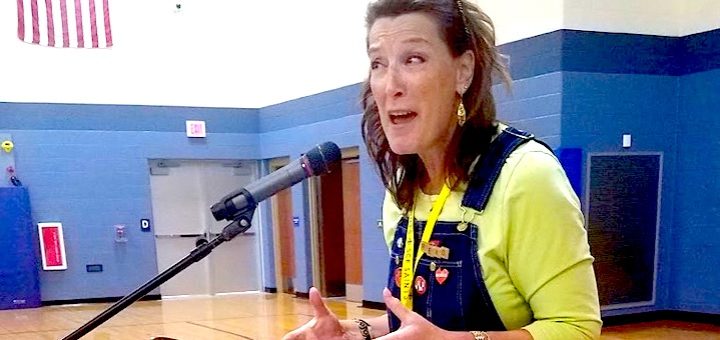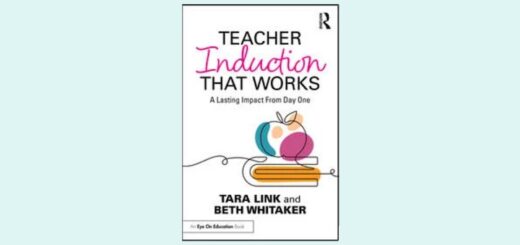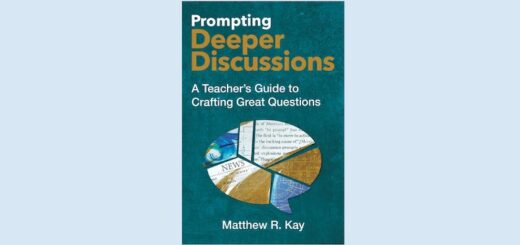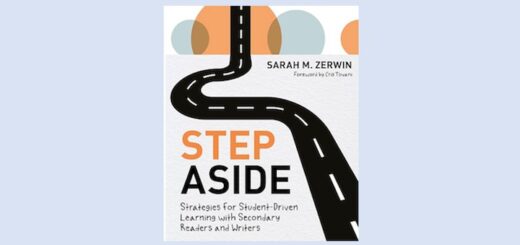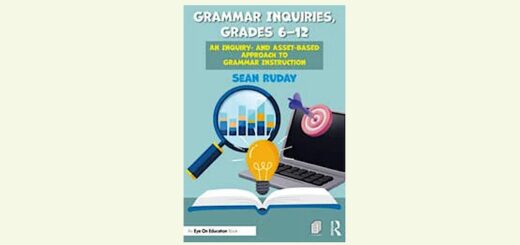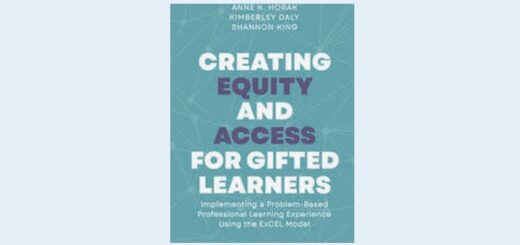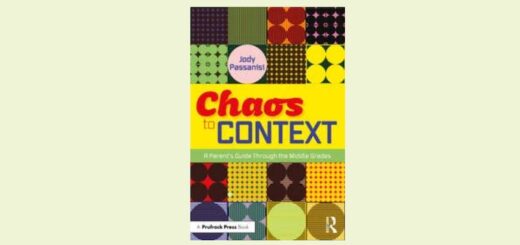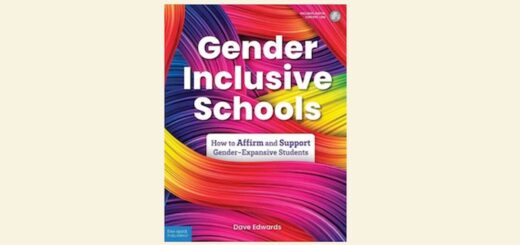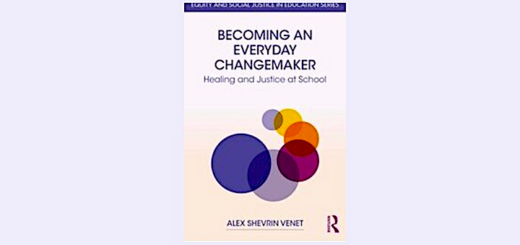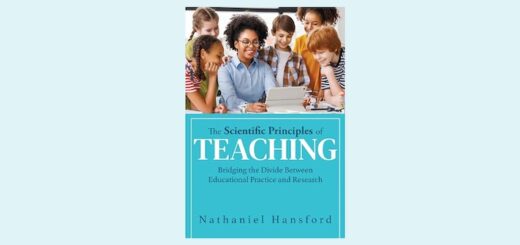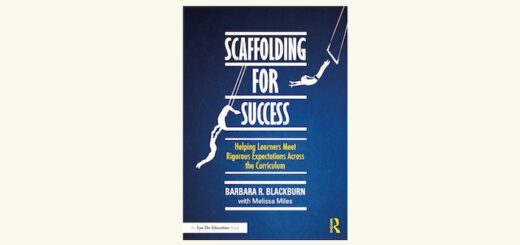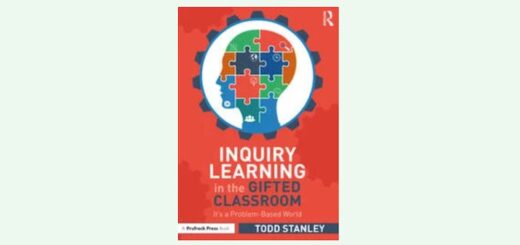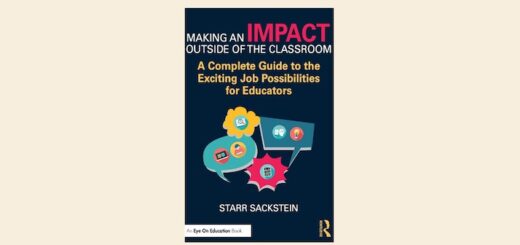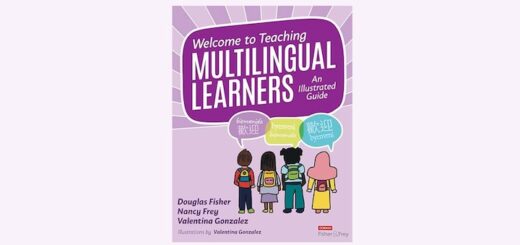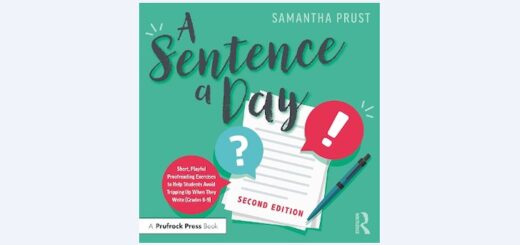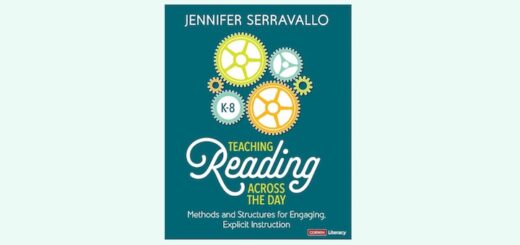Teaching and learning in grades 4-8
Each year special ed teachers find themselves in a ‘dazed reality’ serving multiple grades and content areas and moving constantly from one class to the next. Are general ed teachers willing to help? To promote real partnership, coach Elizabeth Stein recommends “PCK.”
Like a rocket launch, learning math lingo requires plenty of ongoing, personalized checkpoints. Author and instructional coach Pam Koutrakos offers a streamlined, easily replicable process we can all use to help middle grades students prepare to take off with math vocabulary.
Students love when teachers share videos as part of a lesson in any subject. But they can be vague when asked to recall the rich details or ideas that were included. Sunday Cummins, author of Close Reading of Informational Sources, has five quick lessons that can help.
To ensure all your students benefit from frequent reading conferences, it’s important to keep them short, focused and effective. Author and literacy consultant Jen Serravallo shares 7 tips for being efficient with your time without sacrificing impact or feeling rushed.
Personalized Professional Learning: A Job-Embedded Pathway for Elevating Teacher Voice is a must read for school leaders especially but also for anyone who plans and facilitates professional learning, writes Amy Whitehead, a member of her district’s PD facilitation team.
This year with help from the ideas illustrated in (re)Designing Narrative Writing Units, ELA teacher and coach Rebecca Crockett has faith that her 7th and 9th grade students will know what good narrative writing looks like and produce some quality writing of their own.
Writing in science, math and social studies is different from writing in ELA classes, says literacy consultant Lynne Dorfman. A lot of content area writing is informal – its purpose is to promote inquiry and reflection, and it can help students think in more disciplined ways.
Guiding students to master SEL skills like self-control, empathy, collaboration, and problem solving can be harder than teaching content. The key to infusing social-emotional learning is teacher intentionality, says Anne Jolly, and STEM class offers a perfect SEL framework.
Assigning The Hate U Give as a summer read for history and English eighth graders seemed like a slam dunk to Sarah Cooper and her colleague. Looking back, she weighs the experience to better understand how she can prepare to teach, and then lean into, difficult topics.
Grownups get to go to conferences. Why not kids? Rita Platt’s school offers an all-day gathering featuring a professional author as keynoter, concurrent sessions, and time to network with peer writers and authors from the community. See Rita’s how-to’s and budget tips.



